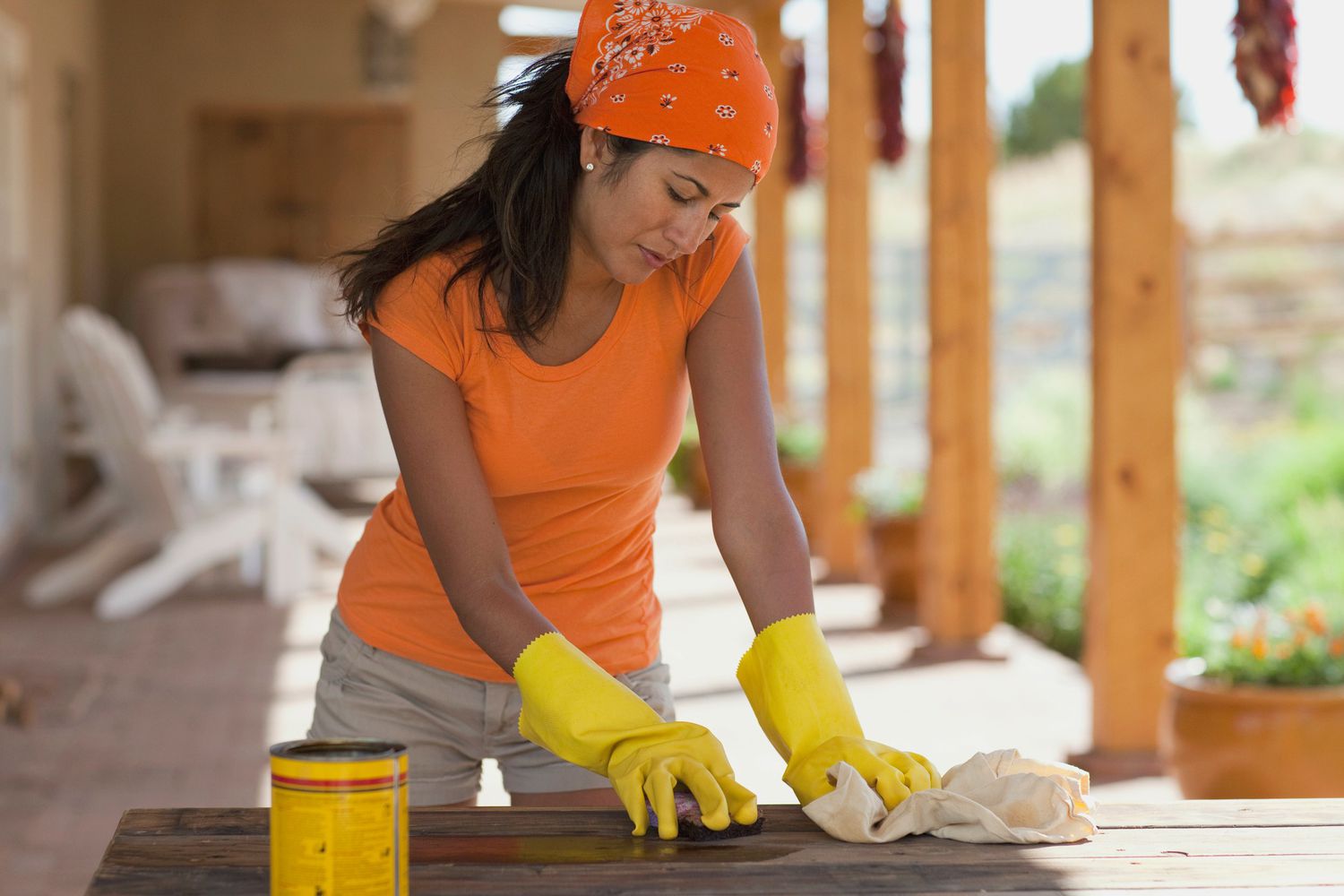

Articles
How To Clean Wooden Outdoor Furniture
Modified: October 19, 2024
Learn how to clean your wooden outdoor furniture and keep it looking beautiful. Our step-by-step guide offers effective tips and tricks for maintaining your furniture.
(Many of the links in this article redirect to a specific reviewed product. Your purchase of these products through affiliate links helps to generate commission for Storables.com, at no extra cost. Learn more)
Introduction
Welcome to the world of outdoor furniture! Whether you have a cozy backyard patio, a spacious deck, or a sprawling garden, having wooden furniture can add warmth and character to your outdoor space. However, being exposed to the elements can take a toll on wooden outdoor furniture, causing it to accumulate dirt, grime, and even mildew.
Keeping your wooden outdoor furniture clean not only enhances its appearance but also extends its lifespan. Regular cleaning and maintenance can help prevent damage and ensure that you can continue enjoying your outdoor oasis for years to come. In this article, we will walk you through the process of cleaning and maintaining your wooden outdoor furniture, so it stays in pristine condition.
Before we dive into the cleaning steps, let’s go over the materials you’ll need:
- Mild dish soap
- Water
- Bucket
- Soft-bristle brush
- Garden hose (or pressure washer)
- Cloth or sponge
- Vinegar (optional)
- Lemon juice (optional)
- Linseed oil or teak oil (for treating and restoring the wood)
Now that you have your materials ready, let’s prepare for the cleaning process.
Key Takeaways:
- Regular cleaning and maintenance of wooden outdoor furniture is essential to preserve its appearance and extend its lifespan. Follow the outlined steps to keep your outdoor oasis in pristine condition.
- In addition to cleaning, treating, and restoring the wood, implementing protective measures such as using covers and providing shade can significantly extend the life and beauty of your wooden outdoor furniture.
Read more: How To Paint Wooden Outdoor Furniture
Materials Needed
Before you begin cleaning your wooden outdoor furniture, gather the following materials:
- Mild dish soap: Choose a gentle, non-abrasive dish soap that won’t damage the wood.
- Water: You’ll need water to dilute the dish soap and to rinse off the furniture.
- Bucket: Fill a bucket with warm water and dish soap mixture for cleaning.
- Soft-bristle brush: Use a soft-bristle brush with gentle bristles to scrub away dirt and debris without scratching the wood.
- Garden hose (or pressure washer): A garden hose with a spray attachment can be used to rinse off the furniture. If you have a pressure washer, use it on a low setting to avoid damaging the wood.
- Cloth or sponge: Have a clean cloth or sponge on hand for wiping down the furniture.
- Vinegar (optional): Vinegar can be used as a natural cleaning agent for tougher stains or mildew. Dilute it with water in a spray bottle.
- Lemon juice (optional): Lemon juice can be mixed with water to create a natural cleaning solution. It’s particularly effective for removing stains and discoloration.
- Linseed oil or teak oil: These oils can be used to treat and restore the wood. They provide protection against moisture, UV rays, and general wear and tear.
Having these materials handy will make the cleaning process much easier and ensure that you have everything you need to keep your wooden outdoor furniture looking its best. Now that we’ve covered the materials, let’s move on to the cleaning preparations.
Cleaning Preparations
Before you start cleaning your wooden outdoor furniture, it’s important to make a few preparations to ensure the best results. Here’s what you need to do:
- Choose the right location: Find a suitable spot for cleaning your furniture, preferably a flat and well-ventilated area. Cleaning outdoors can minimize mess and make it easier to rinse off the furniture.
- Remove cushions and accessories: If your furniture has cushions or other accessories, take them off before cleaning. This will allow you to focus on the wooden surfaces and ensure that they receive proper attention.
- Inspect for damage: Before cleaning, inspect the furniture for any signs of damage or loose parts. Tighten screws or repair any broken components before proceeding with the cleaning process.
- Test a small area: If you’re using a new cleaning solution or method, it’s always a good idea to test it on a small, inconspicuous area of the furniture first. This will help you determine its effectiveness and ensure that it doesn’t cause any adverse reactions on the wood.
- Protect surrounding plants and surfaces: If you’re cleaning your furniture near plants or other surfaces, consider using a drop cloth or plastic sheeting to prevent any cleaning solutions or debris from damaging them.
Once you’ve made these preparations, you’re ready to move on to the actual cleaning process. Follow the steps outlined in the next section to effectively clean your wooden outdoor furniture.
Cleaning Steps
Now that you’ve prepared your wooden outdoor furniture for cleaning, it’s time to roll up your sleeves and get to work. Follow these steps to effectively clean your furniture:
- Remove loose debris: Begin by removing any loose dirt, leaves, or debris from the furniture. Use a brush or a dry cloth to gently sweep or wipe away the surface debris.
- Prepare the cleaning solution: Fill a bucket with warm water and add a few drops of mild dish soap. Mix it well to create a soapy solution.
- Dip the brush: Dip a soft-bristle brush into the soapy water mixture, making sure it’s thoroughly soaked but not dripping.
- Scrub the surfaces: Start scrubbing the wooden surfaces of the furniture using the brush. Use gentle, circular motions to loosen dirt and grime. Pay extra attention to areas that are heavily soiled.
- Rinse with water: Once you’ve scrubbed the surfaces, rinse off the soap residue using a garden hose or a spray attachment. Make sure to thoroughly rinse all the soapy water from the furniture.
- Dry the furniture: After rinsing, use a clean cloth or sponge to wipe away any excess water and help speed up the drying process. Allow the furniture to air dry completely before proceeding to the next steps.
These basic cleaning steps should remove dirt, dust, and most surface stains from your wooden outdoor furniture. However, if you encounter stubborn stains or mildew, don’t worry – we’ll cover how to address those issues in the next sections.
Continue reading to learn how to remove stains and mildew from your wooden outdoor furniture.
To clean wooden outdoor furniture, mix mild soap with warm water and use a soft brush to scrub the surface. Rinse with water and let it dry completely before applying a protective sealant.
Removing Stains and Mildew
While regular cleaning can take care of most dirt and grime, wooden outdoor furniture may develop stains or even mildew over time. Here’s how you can effectively remove stains and mildew:
- For stains:
- If the stain is fresh, immediately blot the area with a clean cloth to absorb any excess liquid before it sets in.
- If the stain has dried, create a paste by mixing baking soda with water. Apply the paste to the stained area and gently scrub it with a soft brush. Rinse thoroughly and dry the furniture.
- For tougher stains, you can use a mixture of equal parts vinegar and water or lemon juice and water. Apply the solution to the stain, gently scrub, and rinse off.
- If the stain persists, sanding the affected area lightly with fine-grit sandpaper may be necessary. Remember to follow the wood grain and be gentle to avoid damaging the furniture.
- For mildew:
- Prepare a solution of one part bleach and four parts water. Apply the solution to the affected areas using a brush or sponge.
- Allow the solution to sit for a few minutes to kill the mildew spores. Then, scrub the area gently to remove the mildew stains.
- Rinse thoroughly with clean water to remove the bleach solution.
- Alternatively, you can use a mixture of vinegar and water to treat mildew. Simply spray the solution onto the affected areas, scrub gently, and rinse off.
Remember to always wear protective gloves and work in a well-ventilated area when using cleaning solutions. Test any new cleaning method on a small, inconspicuous area first to ensure it doesn’t damage or discolor the wood.
With the stains and mildew gone, it’s time to move on to the next step: treating and restoring the wood of your outdoor furniture.
Read more: How To Protect Outdoor Wooden Furniture
Treating and Restoring the Wood
After you’ve thoroughly cleaned your wooden outdoor furniture, it’s important to give it some love and care to keep it looking its best. Treating and restoring the wood will help protect it from further damage and extend its lifespan. Follow these steps to treat and restore your wooden furniture:
- Dry the furniture: Ensure that the furniture is completely dry before proceeding with any treatments or restoration. Moisture can interfere with the effectiveness of the products and lead to mold or mildew growth.
- Inspect for damage: Take a close look at the furniture and check for any signs of wear, cracked wood, or splinters. Sand down rough spots or repair damaged areas using appropriate sealants or wood fillers.
- Choose a suitable wood treatment: Select a wood treatment product that is specifically designed for outdoor use and suitable for the type of wood your furniture is made of. Common options include linseed oil, teak oil, or other outdoor wood sealers.
- Apply the treatment: Follow the manufacturer’s instructions and apply the wood treatment evenly to all exposed surfaces of the furniture. Use a brush, cloth, or sponge to ensure even coverage.
- Allow for absorption: Give the wood treatment enough time to penetrate the wood. This can range from a few hours to a full day, depending on the product. Be patient and let the treatment do its job.
- Remove excess treatment: After the appropriate amount of time has passed, use a clean cloth to remove any excess treatment that has not been absorbed by the wood. Wipe gently to avoid disrupting the protective layer.
- Allow for drying and curing: Leave your furniture in a well-ventilated area to dry and cure. This process can take anywhere from a few days to a week or more, depending on the product and weather conditions.
By regularly treating and restoring your wooden outdoor furniture, you can enhance its natural beauty, protect it from the elements, and prolong its lifespan.
Now that your furniture is treated and restored, it’s time to learn about some additional measures you can take to protect it.
Protecting the Wood
Once you have cleaned, treated, and restored your wooden outdoor furniture, it’s important to take additional steps to protect it from future damage. Here are some measures you can take to keep your furniture looking beautiful and well-maintained:
- Use protective covers: When your furniture is not in use, consider using weather-resistant covers to shield it from the elements. These covers can help prevent excessive moisture, UV damage, and dirt from accumulating on the surfaces.
- Provide shade: If possible, position your furniture in a shaded area to minimize direct exposure to sunlight. This will help reduce the risk of fading and drying out the wood over time.
- Apply a protective finish: Consider applying a protective finish, such as a clear sealant or exterior-grade varnish, to create an additional barrier against moisture and UV rays. Be sure to follow the manufacturer’s instructions for application.
- Regularly clean and inspect: Make it a habit to regularly clean your furniture to prevent dirt and grime buildup. Inspect it for any signs of wear, damage, or deterioration so that you can address any issues promptly.
- Keep off the ground: Elevate your furniture slightly off the ground to prevent it from sitting in pooled water or accumulating moisture. This will help prevent wood rot and prolong the lifespan of your outdoor furniture.
- Reapply treatments: Depending on the type of wood treatment you used, you may need to reapply it periodically. Check the manufacturer’s recommendations for maintenance and reapplication to ensure ongoing protection.
By implementing these protective measures, you can significantly extend the life and beauty of your wooden outdoor furniture. Remember that regular maintenance and care are key to ensuring its longevity.
Now that you’ve learned how to clean, treat, and protect your furniture, you can enjoy its beauty and comfort for many years to come. Remember to periodically assess the condition of your furniture and make necessary repairs or adjustments to maintain its optimal condition.
Happy outdoor living!
Conclusion
Cleaning and maintaining your wooden outdoor furniture is essential to preserve its beauty and longevity. With the right materials and a little bit of effort, you can keep your furniture looking pristine and ready for outdoor enjoyment. By following the steps outlined in this guide, you can ensure that your wooden outdoor furniture remains a focal point of your outdoor space for years to come.
Remember to start by gathering the necessary materials, including mild dish soap, water, a soft-bristle brush, and a cloth or sponge. The cleaning preparations are important to ensure a smooth cleaning process, so choose a suitable location, remove any accessories, and inspect for damage. With these preparations in place, you can proceed with the cleaning steps, removing loose debris and scrubbing the surfaces with a soapy water mixture. Rinse off the soap residue and allow the furniture to dry.
If you encounter stains or mildew, additional steps can help address these issues effectively. For stains, you can use baking soda paste, vinegar or lemon juice solution, or even sanding for tougher stains. For mildew, a bleach solution or vinegar spray can be used to remove and kill the mildew spores.
After cleaning, treating and restoring the wood is essential to maintain its condition. Choose a suitable wood treatment product, apply it evenly, and allow it to absorb. Remove any excess treatment and let the furniture dry and cure completely. Finally, take steps to protect the wood by using covers, providing shade, applying protective finishes, regularly cleaning and inspecting, and keeping the furniture off the ground.
By implementing these cleaning, treating, and protecting measures, you can ensure that your wooden outdoor furniture remains in excellent condition and can be enjoyed for years to come. Regular maintenance is key to preserving its natural beauty and protecting it from the elements, so make it a part of your outdoor furniture care routine.
With these tips and guidelines in mind, you are now well-equipped to keep your wooden outdoor furniture clean, restored, and protected. So go ahead, create an inviting outdoor space, and enjoy the comfort and beauty of your wooden furniture.
Happy outdoor living!
Frequently Asked Questions about How To Clean Wooden Outdoor Furniture
Was this page helpful?
At Storables.com, we guarantee accurate and reliable information. Our content, validated by Expert Board Contributors, is crafted following stringent Editorial Policies. We're committed to providing you with well-researched, expert-backed insights for all your informational needs.
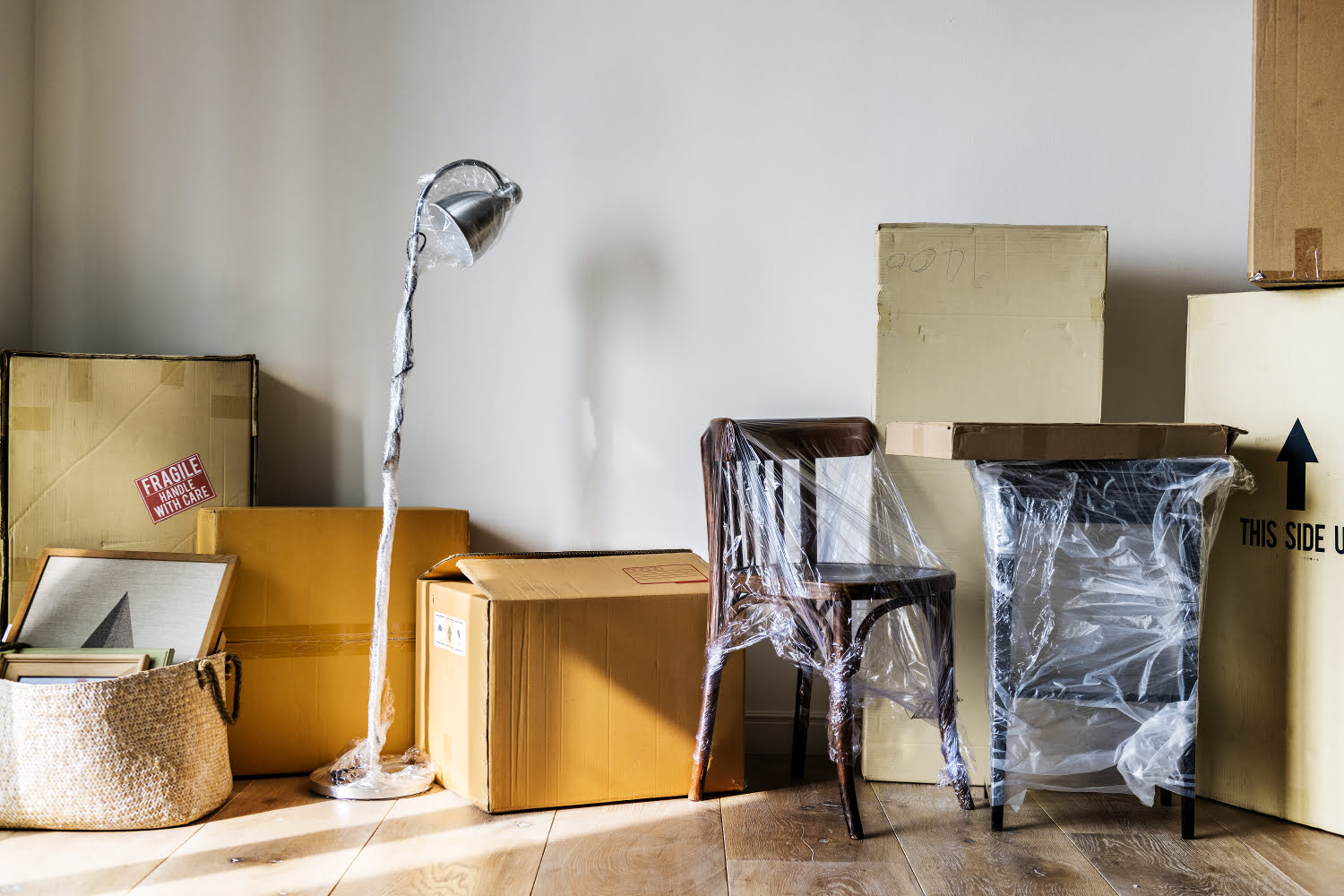
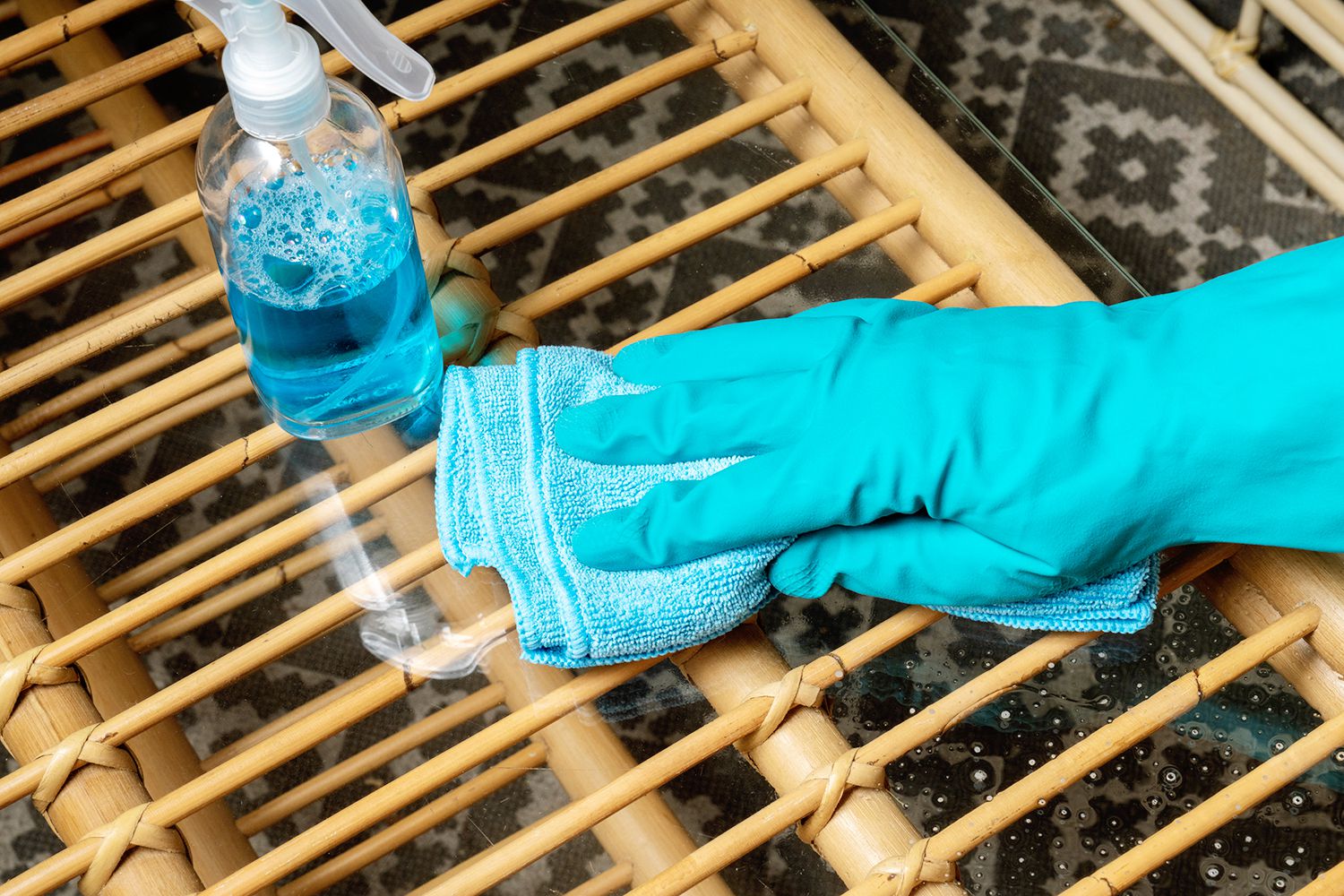
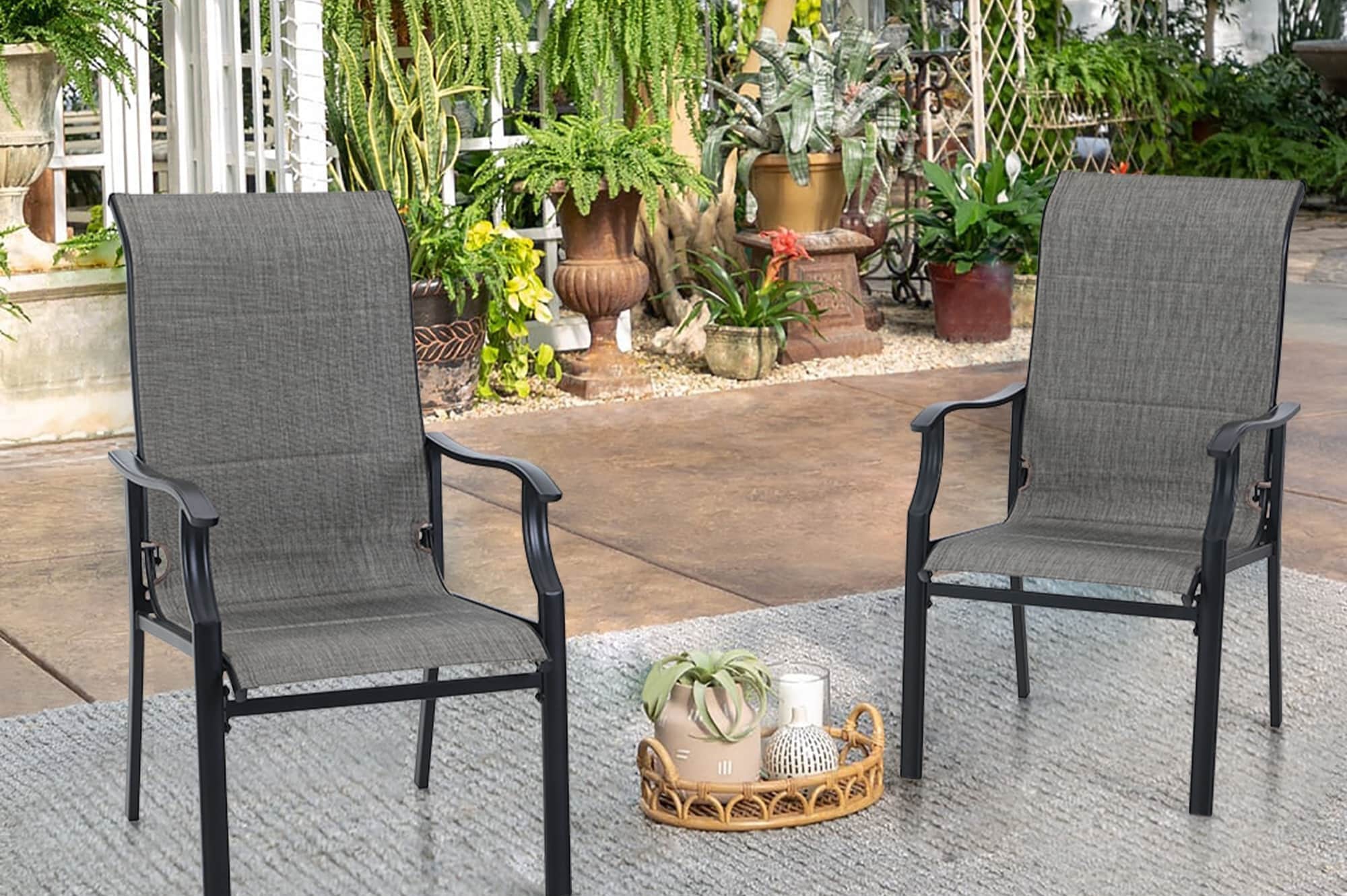
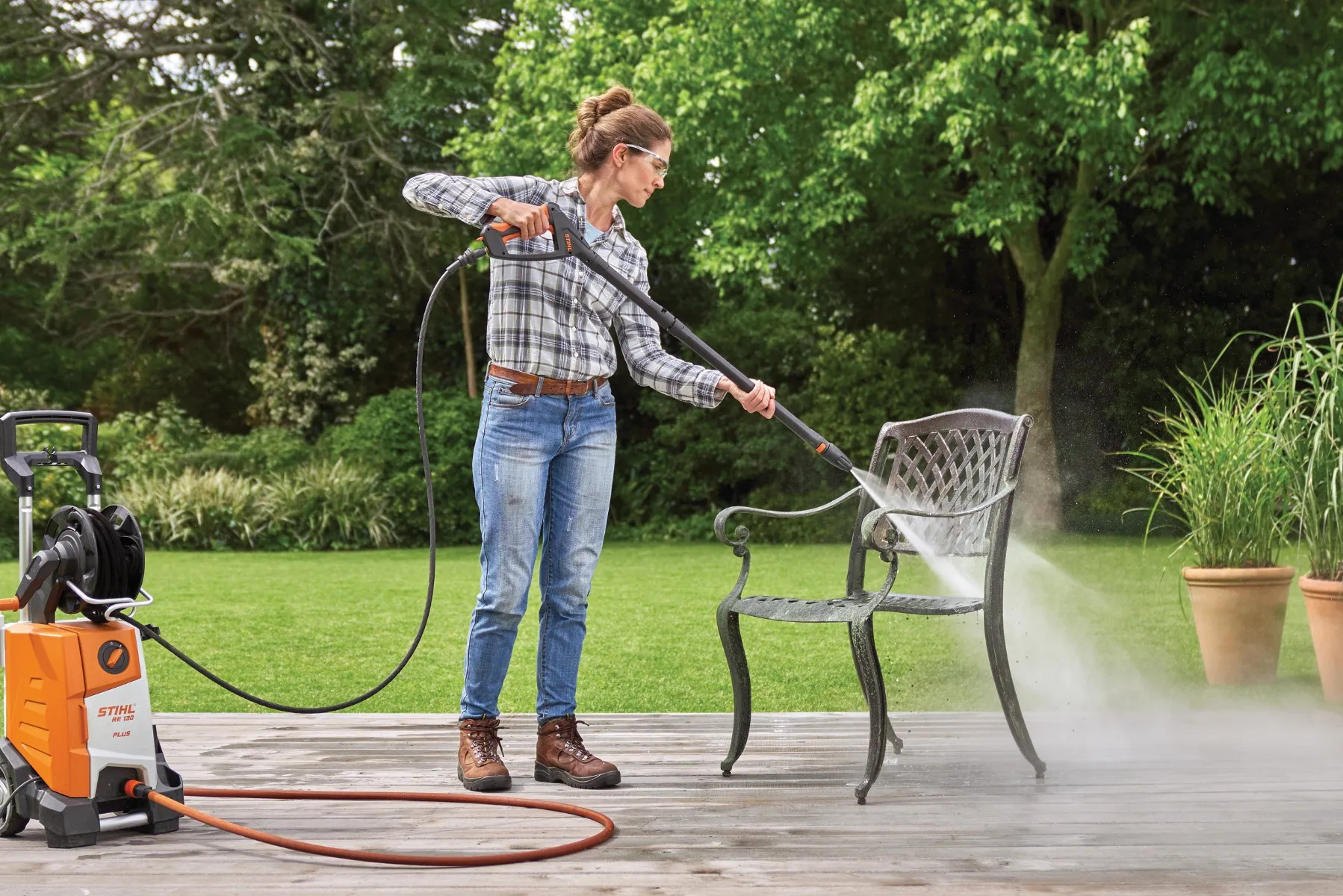
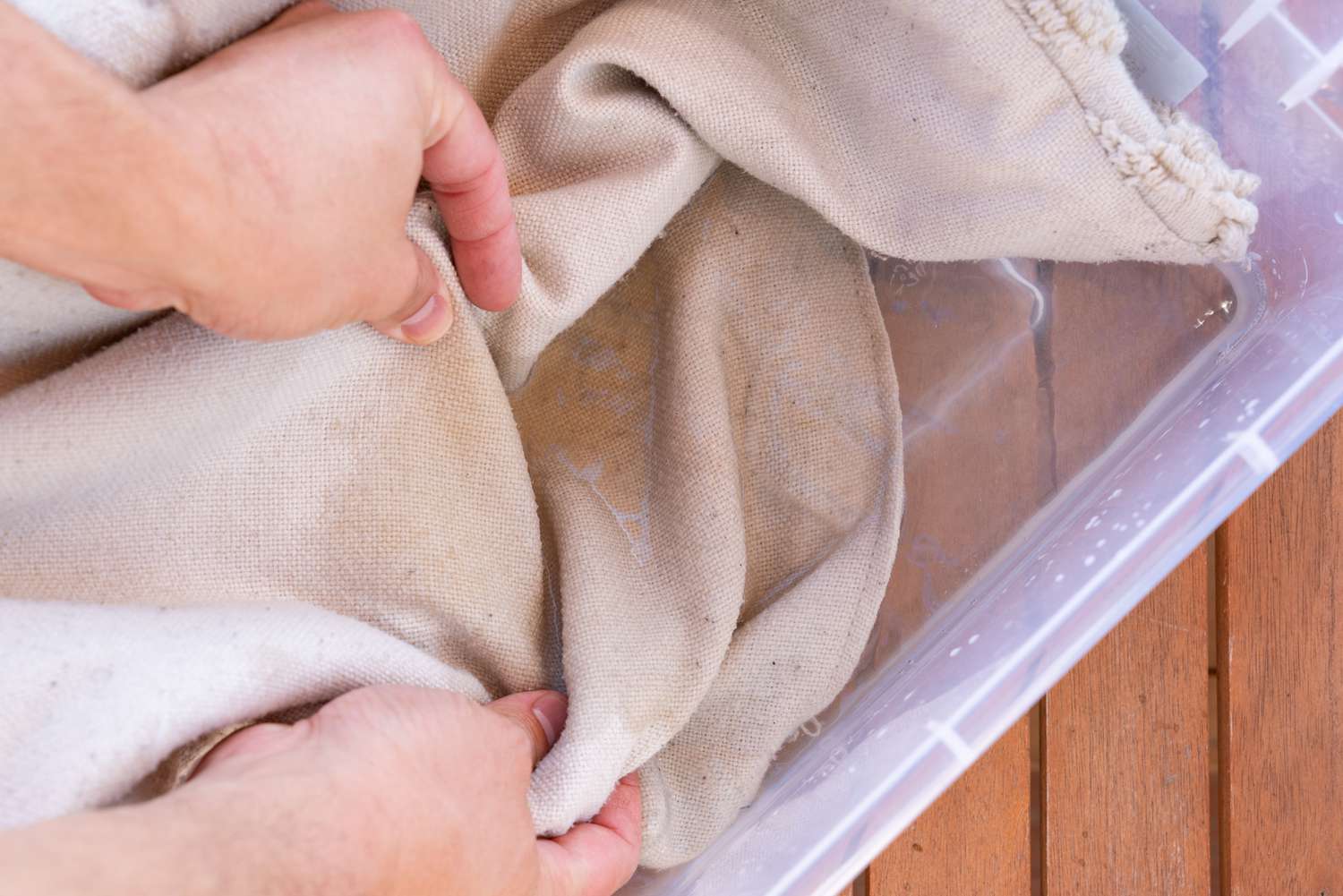
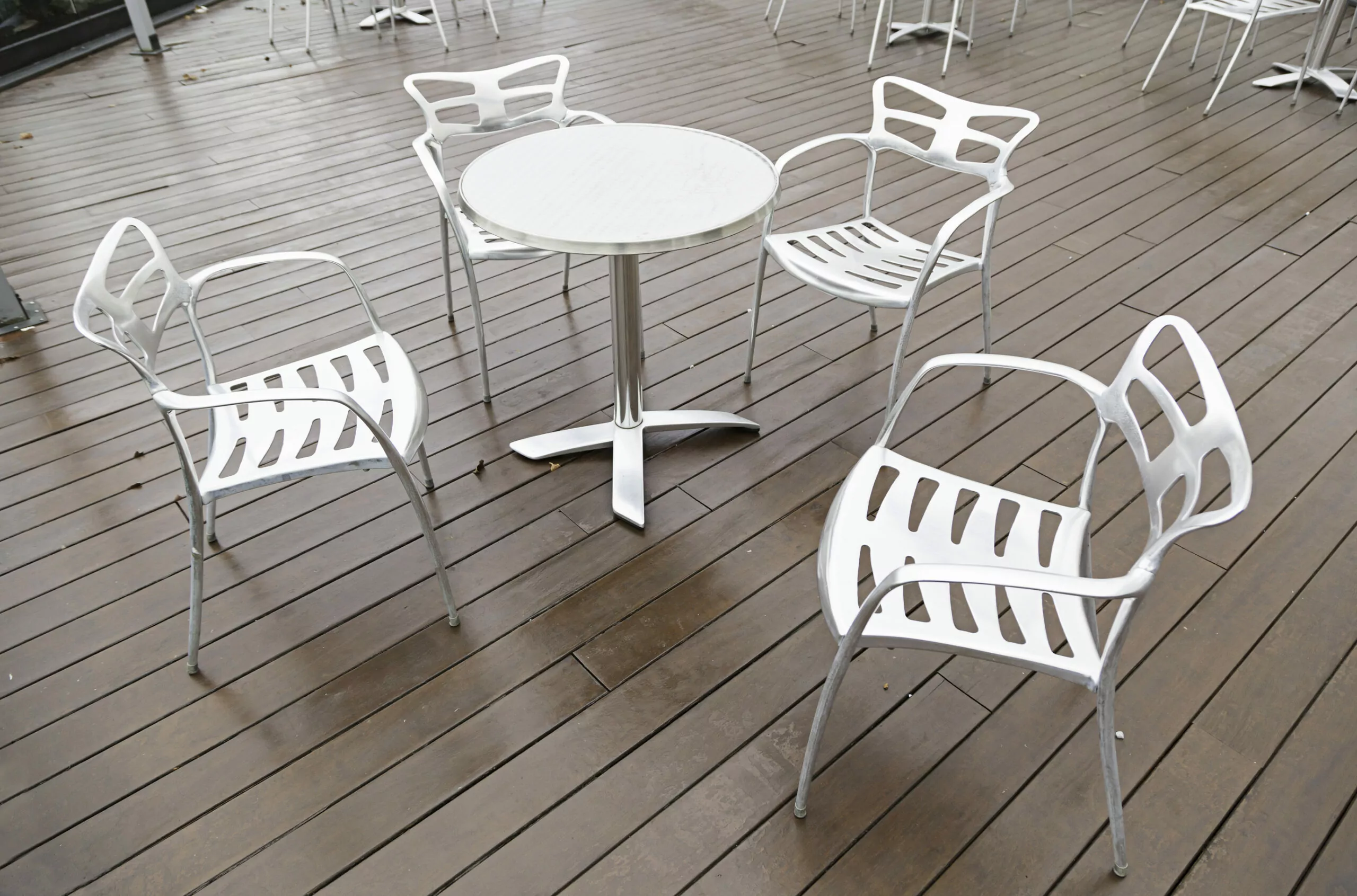
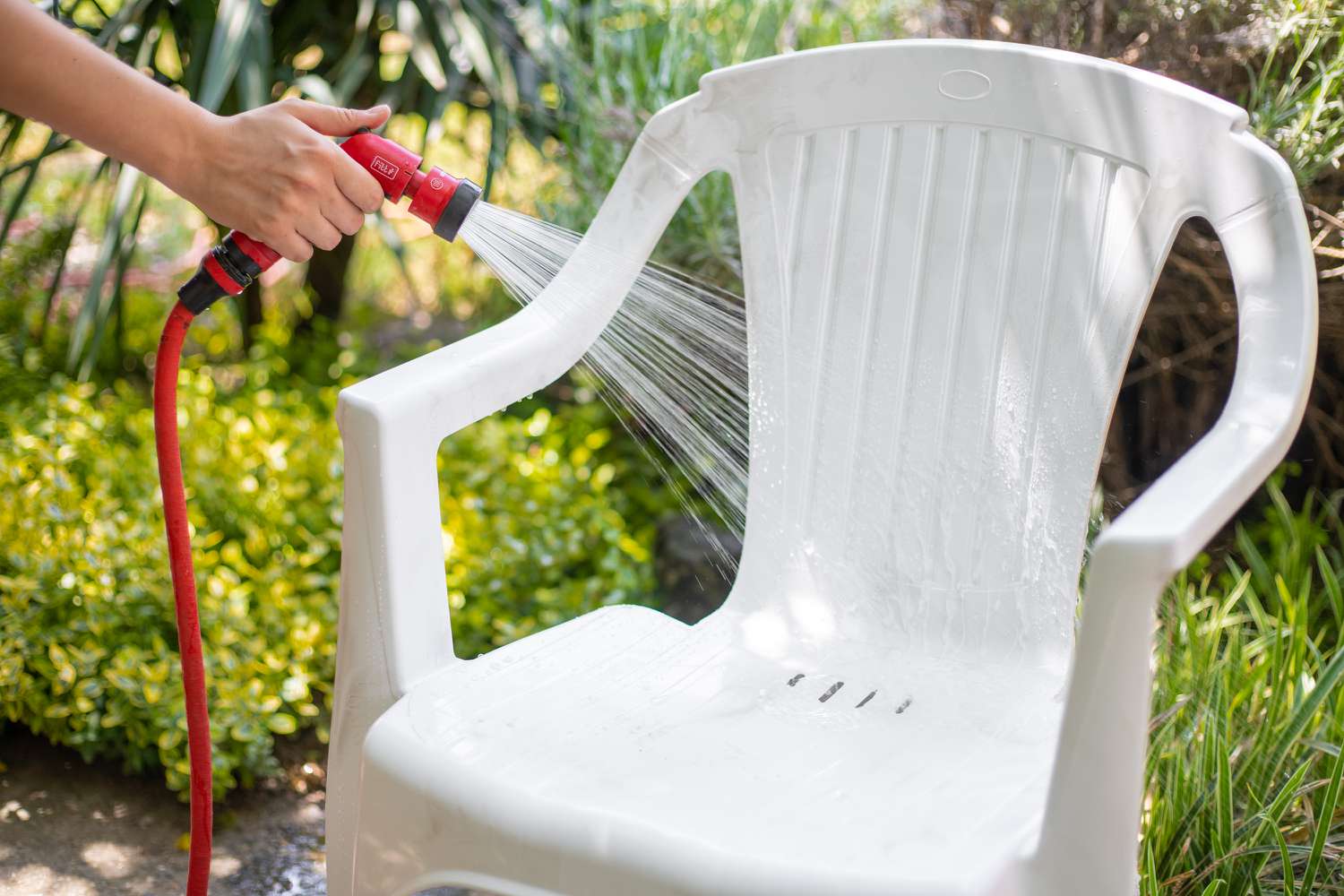
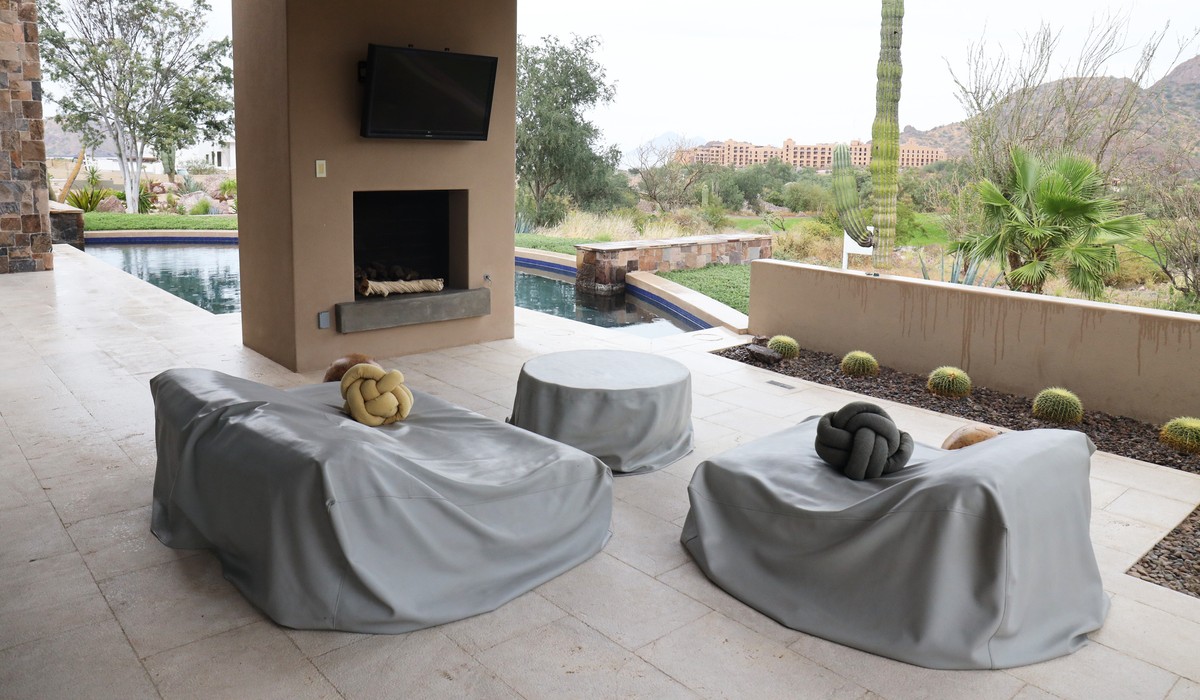
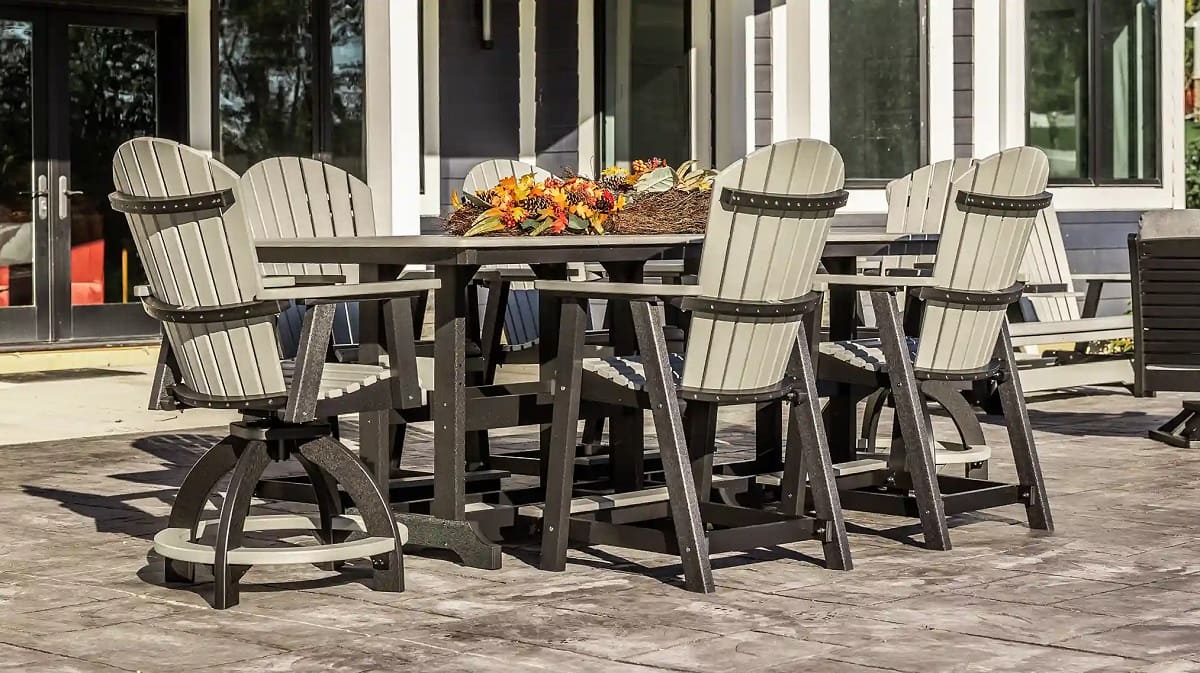
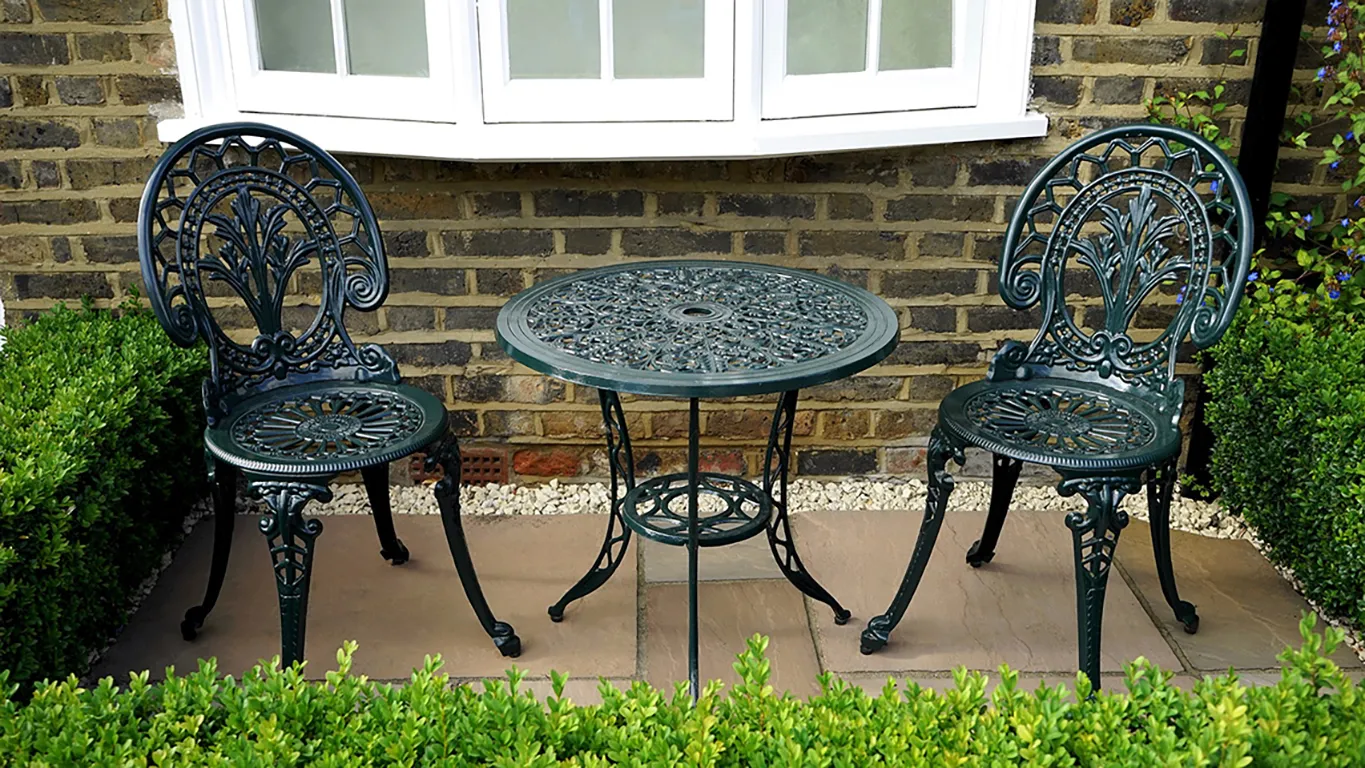
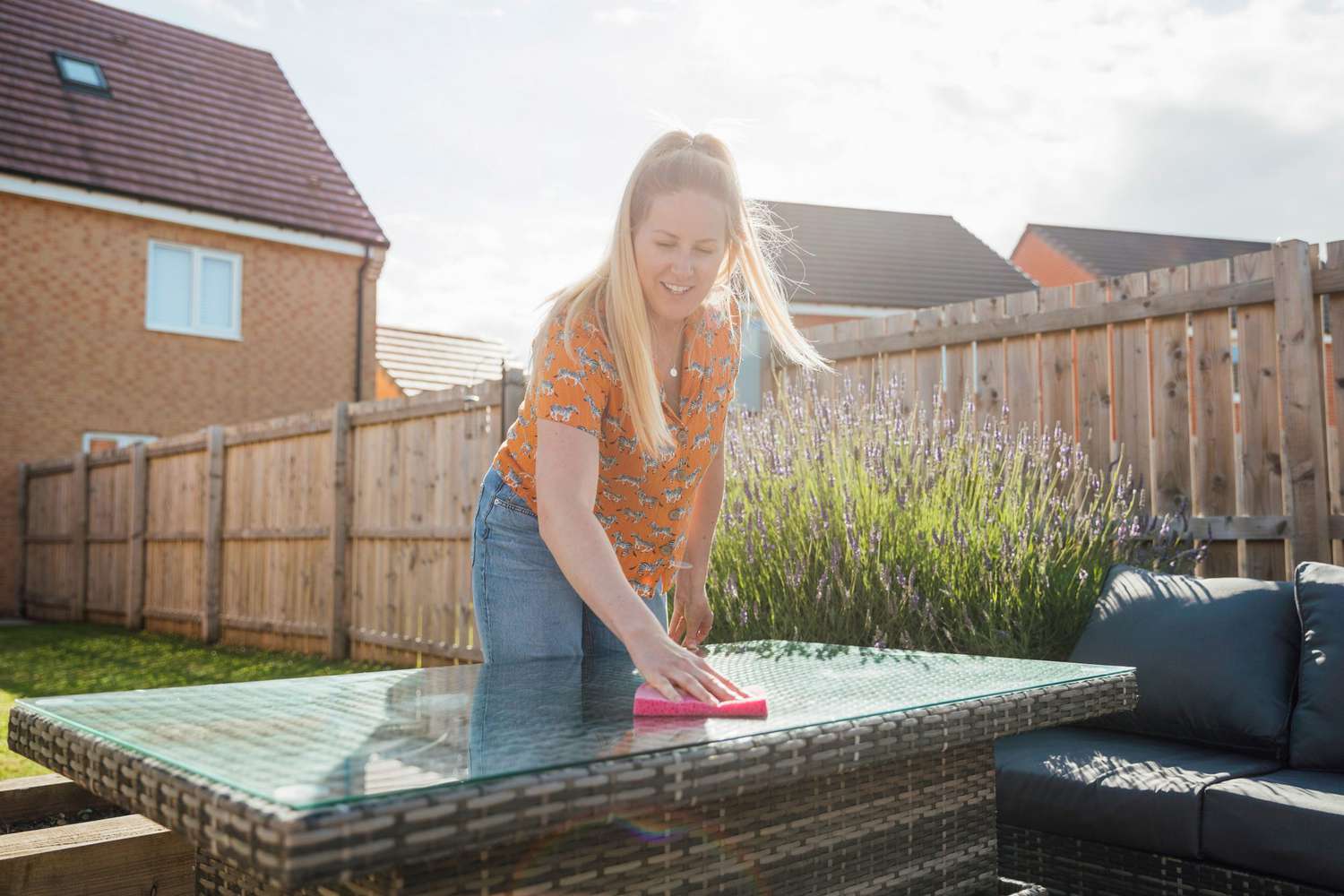
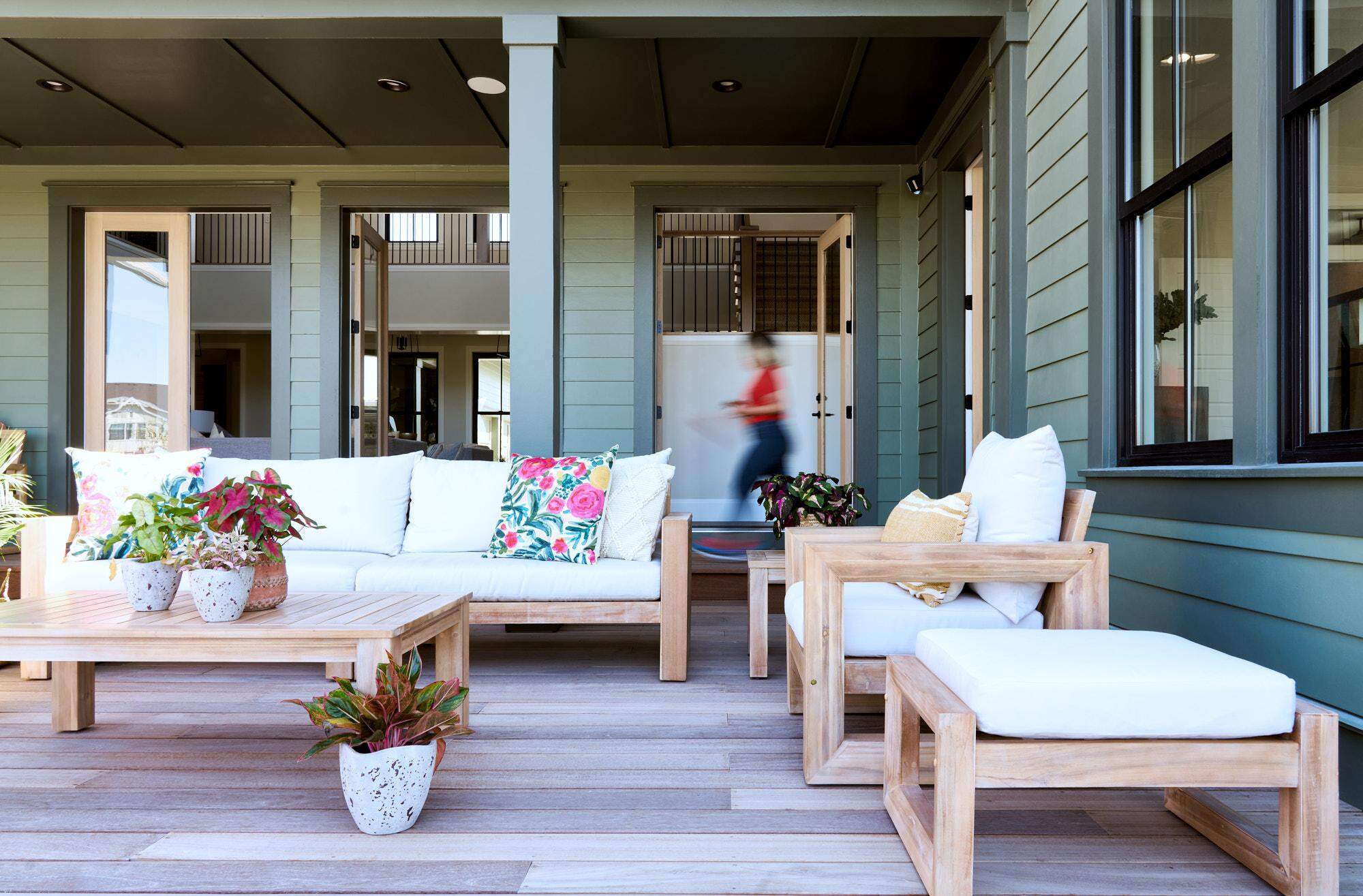
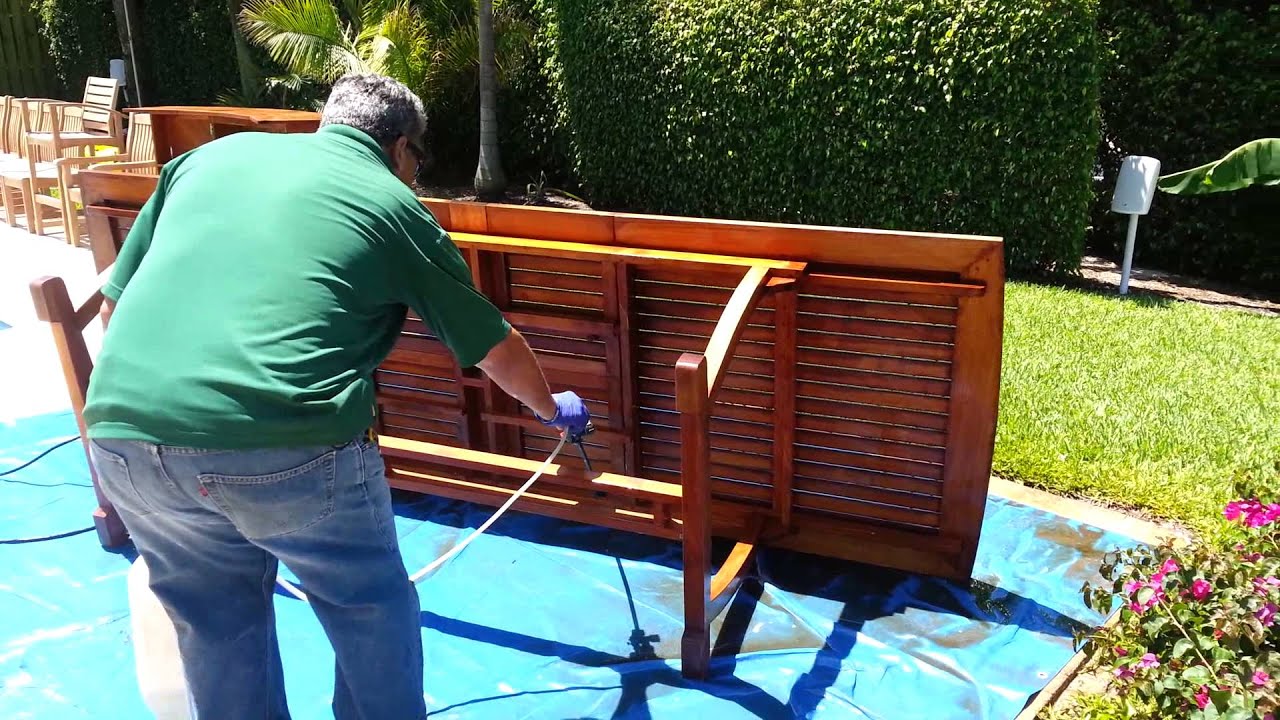


0 thoughts on “How To Clean Wooden Outdoor Furniture”